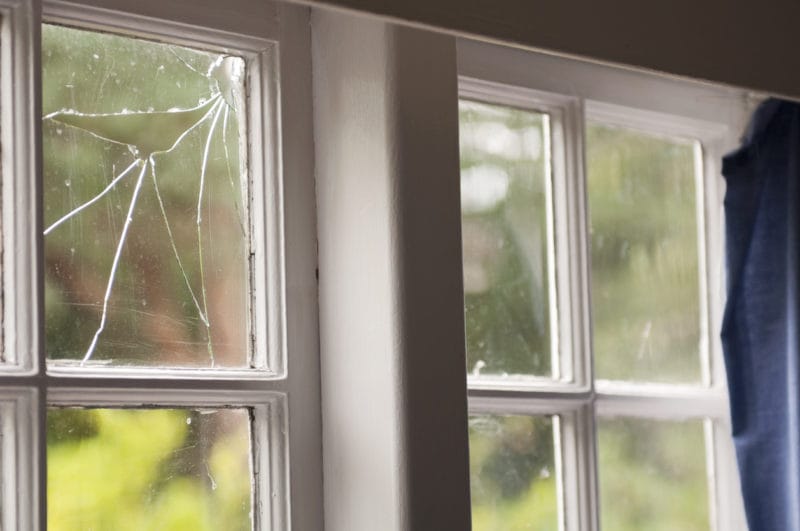
Glass Replacement: Fast Solutions for Home and Auto Needs
Glass is an essential part of our homes and vehicles. Over time, accidents and wear can cause damage that needs immediate attention. Whether it’s a broken window in your home or a cracked windshield in your car, the replacement of glass becomes crucial. Understanding the process, options, and benefits of replacement can save you both time and money.
Why Glass Replacement is Essential
Glass is more than just a decorative feature. It provides security, insulation, and visibility. When the glass is cracked or broken, it compromises the safety of your home or vehicle. A small crack can quickly become a bigger problem if not addressed. Whether you’re dealing with a cracked windshield or a broken window in your home, replacement offers an effective solution.
Besides safety, broken glass affects energy efficiency. Windows with cracks or damage let air in or out, making your heating and cooling systems work harder. This increases energy consumption and leads to higher utility bills. By opting for timely replacement of glass, you can maintain your home’s energy efficiency and reduce costs.
Common Causes of Glass Damage
There are many reasons why glass gets damaged. In homes, accidents such as a stray baseball, falling branches, or even extreme weather conditions can break windows. In vehicles, road debris or minor collisions often lead to cracks in the windshield. Even temperature changes can stress glass, causing it to crack.
These issues, though sometimes small, require immediate attention. Minor cracks can expand due to factors like temperature shifts or vibrations. This makes replacement important to avoid further complications. A professional replacement of glass ensures that your home or vehicle is safe and functional.
When Do You Need Glass Replacement?
Knowing when to replace glass is critical. In homes, if the window has more than a minor crack, or if the glass has shattered, replacement is necessary. In vehicles, the windshield is more complex. Minor chips and cracks can sometimes be repaired, but anything larger than a quarter, or any crack that reaches the edge of the glass, calls for replacement.
It’s tempting to delay replacement, especially if the damage seems minor. However, waiting too long can result in additional damage. For instance, a small crack in a car windshield can quickly spread across the glass, impairing visibility and becoming a safety hazard. Home windows with small cracks also run the risk of shattering, posing a danger to anyone nearby.
Glass Replacement Options
There are a few options to consider when it comes to replacement. For home windows, you can choose from different types of glass, such as tempered, laminated, or energy-efficient glass. Each has its benefits. Tempered glass is strong and shatters into small, less dangerous pieces if broken. Laminated glass stays in place when cracked, providing added security. Energy-efficient glass helps to regulate indoor temperatures, reducing your energy costs.
In vehicles, the type of glass used is specific to windshields and windows. Windshields are usually made of laminated glass for durability, while side and rear windows use tempered glass. For both home and auto glass, it’s important to work with professionals who can guide you through your options and ensure the right glass is selected.
The Glass Replacement Process
The process of glass typically starts with an assessment. A professional inspects the damage to determine if the glass can be repaired or if full replacement is necessary. For home windows, the damaged pane is carefully removed, and a new one is fitted into the frame. Auto replacement, particularly for windshields, involves removing the old glass, cleaning the surrounding area, and installing a new windshield with specialized adhesives to ensure a secure fit.
For both home and auto replacement, it’s important to hire professionals. Proper installation ensures that the glass provides the necessary structural support and remains secure over time. DIY replacement of glass, while tempting, can lead to improper fits and other issues that may compromise safety.
Benefits of Glass Replacement
Replacing damaged glass provides numerous benefits. First and foremost, it restores safety to your home or vehicle. Cracked or shattered glass poses an immediate hazard, and replacing it ensures that you, your family, or your passengers are protected. Additionally, replacement can improve energy efficiency in homes by eliminating drafts and preventing energy loss through cracks.
In vehicles, a new windshield enhances visibility and safety. Windshields play a crucial role in the structural integrity of a vehicle, especially in accidents. A properly installed replacement windshield will provide much-needed protection during a collision. In both cases, replacement is also an opportunity to upgrade to more advanced materials, such as energy-efficient glass for homes or stronger, more durable windshields for vehicles.
Conclusion
In both homes and vehicles, glass plays a critical role in safety and functionality. Damaged glass is more than just an inconvenience—it’s a hazard that requires immediate attention. Whether it’s a small crack or a shattered pane, timely glass replacement helps ensure that your home or vehicle remains safe, energy-efficient, and secure.
If you’re dealing with broken or cracked glass, don’t wait until it becomes a bigger problem. Contact a professional for fast, affordable glass replacement today and restore safety to your home or vehicle.



